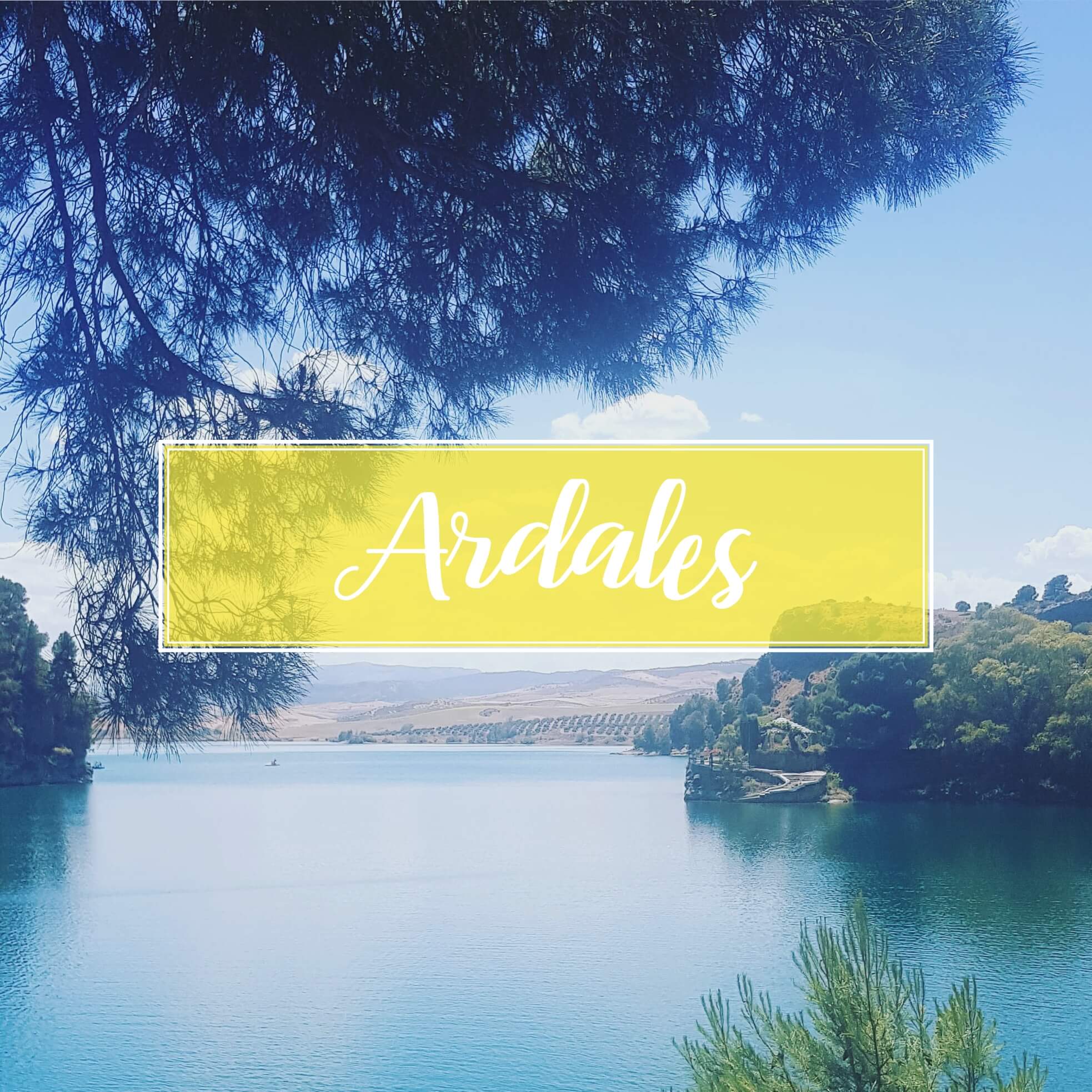Ardales, a picturesque Andalusian village, surrounded by mountains and stunning natural landscapes, is located in the heart of the Guadalteba, near the famous Antequera region.
Ardales stands out for its rich historical and cultural heritage, with vestiges dating back to prehistoric times, such as the Ardales Cave, known for its important cave paintings. The village retains its traditional essence with its cobbled streets, whitewashed houses and cozy squares that invite you to stroll and enjoy the tranquility of the surroundings.
In addition, Ardales is a gateway to the spectacular Caminito del Rey, an impressive elevated path that attracts visitors from all over the world. Its privileged location and its combination of nature, history and culture make it an ideal destination for those looking to discover the authentic Andalusia.
Where is Ardales located
Ardales is located 54km from Malaga capital with a population of 2500 inhabitants. The municipal term has a dimension of almost 106,5km square.
Origin of the name Ardales
There are two theories about origin:
- Of arab origin that derives from “garden of Allah or land of God“.
- Of pre-Roman origin that comes from the word “harda” which means squirrel, possibly this rodent lived abundantly in the pine forests of the area.
Denonym of the people of Ardales
The inhabitants are called “ardaleño or ardaleña”.
Monuments and places of interes in Ardales
- El Chorro Lakes: The lakes are located in the natural area of El Chorro where you can do hiking, swimming, kayaking and adventure sports. There are several campsites in the area where you can spend the day buying a ticket to swim and enjoy the day at the lake.
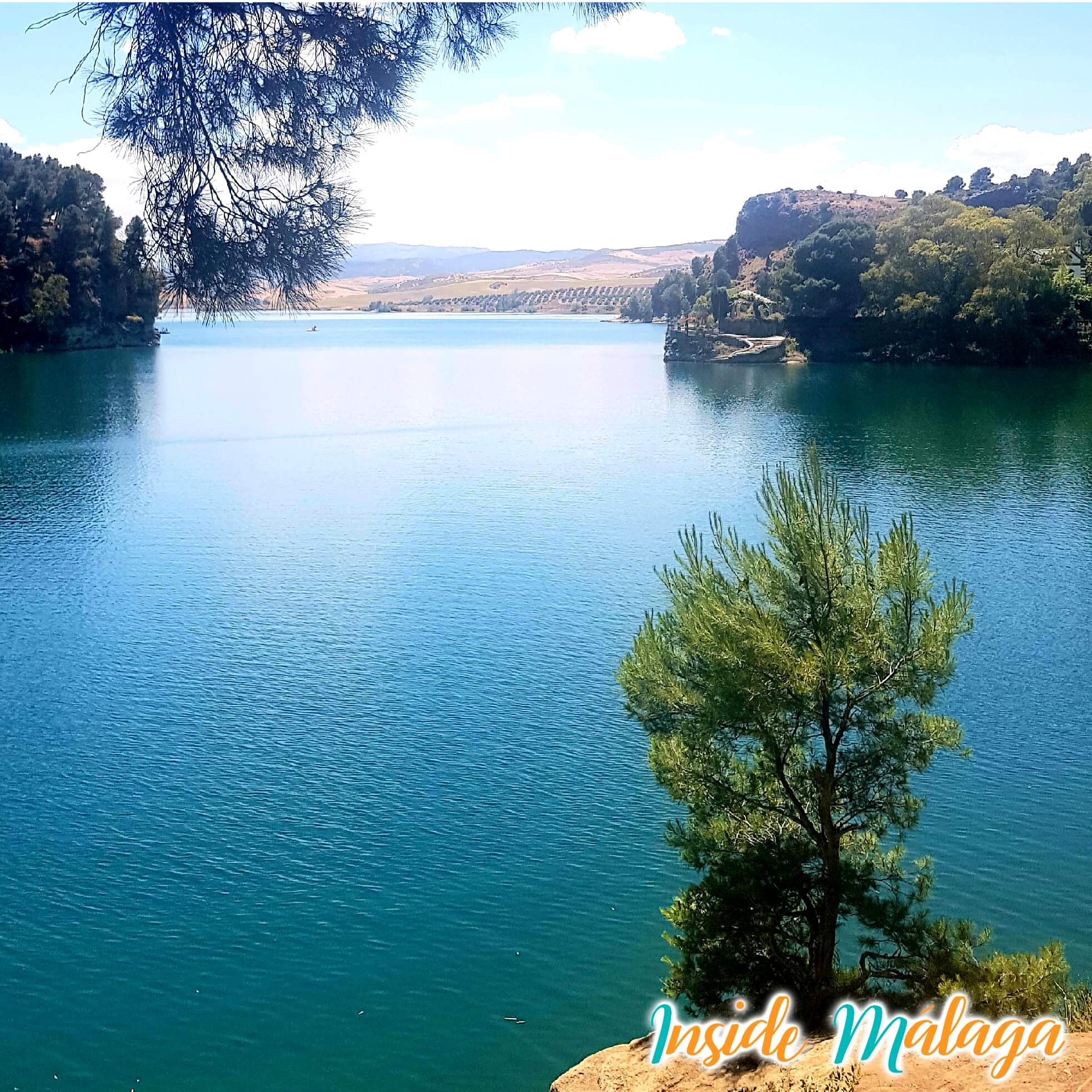
- Castle “De la Peña”: The fortification is located at an altitude of 496 meters at the highest point of the village. Inside there is a perfectly visible double enclosure. The remains of the fortress belong to a fortification built in the 9th century. It was of great importance in the fourteenth century during the reconquest, it became the border between the Kingdom of Castile and the Nasrid Kingdom. In the year 1362 the first reconquest by Pedro el Cruel took place, but six years later it was recovered by the Nasrids. At the beginning of the fifteenth century, the Castilians resumed their conquest and conquered Ardales, which was again conquered in 1433, but in 1447 it passed back into the hands of the Nasrid kingdom. Finally in the year 1454 the fortress is definitively conquered and Christian. From that moment on, the castle became the residence of the warden, when the French troops arrived after their occupation between 1810 and 1813, destroying most of the building and enclosure.
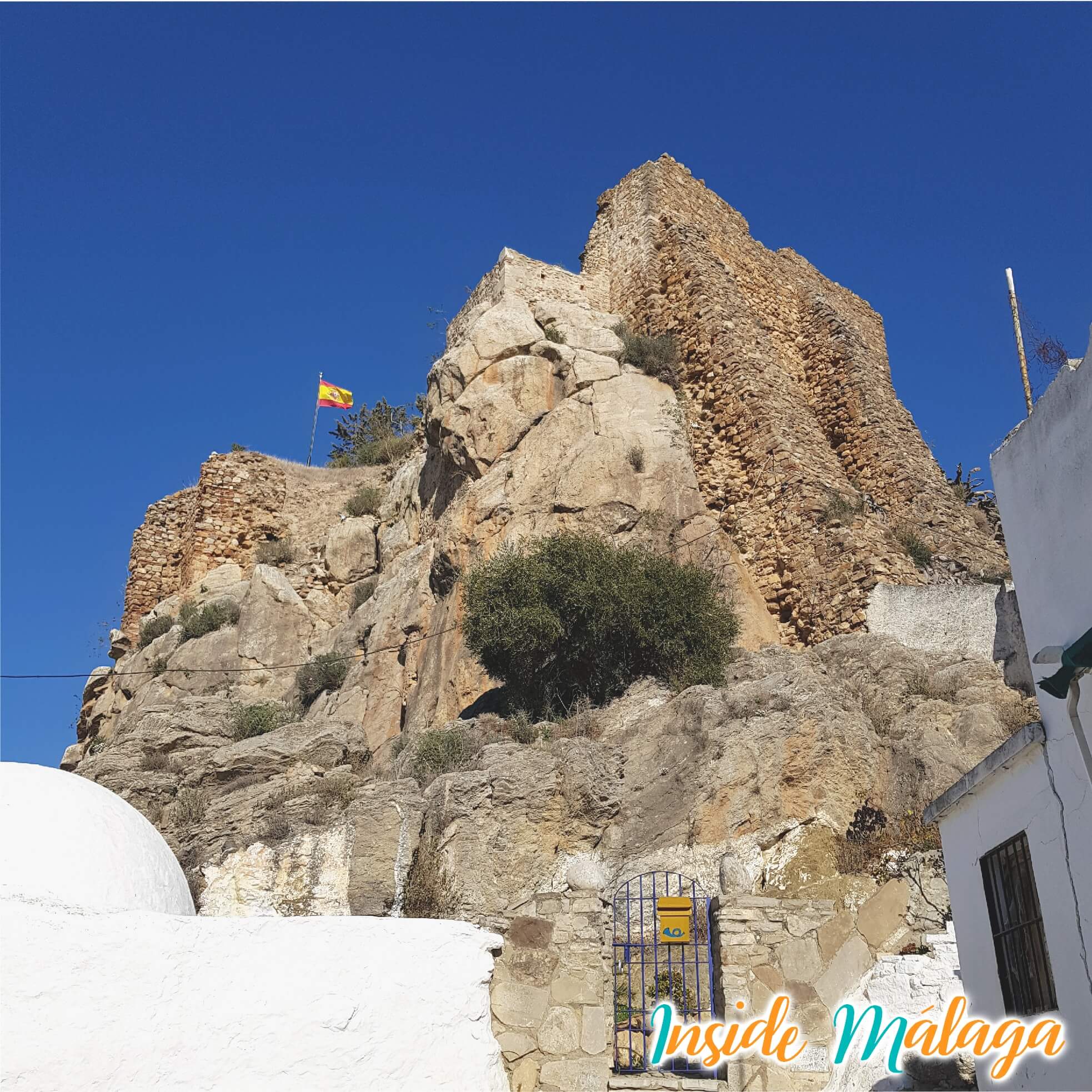
- Caminito del Rey: It is a passage of more than three kilometers hanging at a height of 105 meters above the river. Created between 1901 and 1905 for the purpose of monitoring and transporting materials for the Chorro Hydroelectric Society, due to its beauty the route began to receive numerous visits, including King Alfonso XIII in 1921, since then it is called the King’s Path. Because the old route was so deteriorated, the road was prohibited for many years until it was rebuilt in 2015. Currently it has become one of the emblematic symbols of the province of Malaga.
- Cave Doña Trinidad Ardales: The cave was discovered in 1862, in 1864 it became the first visitable cave in Spain. The cave has a length of 1577 meters divided into two levels, the cave full of cave art from the Upper Paleolithic from 65,000-85,000 years ago, around 1000 engravings of all kinds have been cataloged: hands, paintings, signs, fauna, human representation. The cave can be visited with a guide with prior reservation.

- Prehistoric Museum Ardales Guadalteba: An interesting space on prehistory and an interpretation center on the arrival of humanity in the Ardales region and the Guadalteba area. It is a modern museum about the chronology of the arrival of humanity in the province of Malaga. This museum is also the meeting and starting point for the guided excursion to the Cueva de Ardales. Read more…

- Church of Nuestra Señora de los Remedios: Located next to the medieval fortress of Muslim origin. The temple was built in the 15th century on an old site of a mosque, it was partially renovated in 1720. It has a basilica plan formed by three naves separated by horseshoe arches. The façade of the church is in the Baroque style designed by the Sevillian master Diego Antonio Díaz.
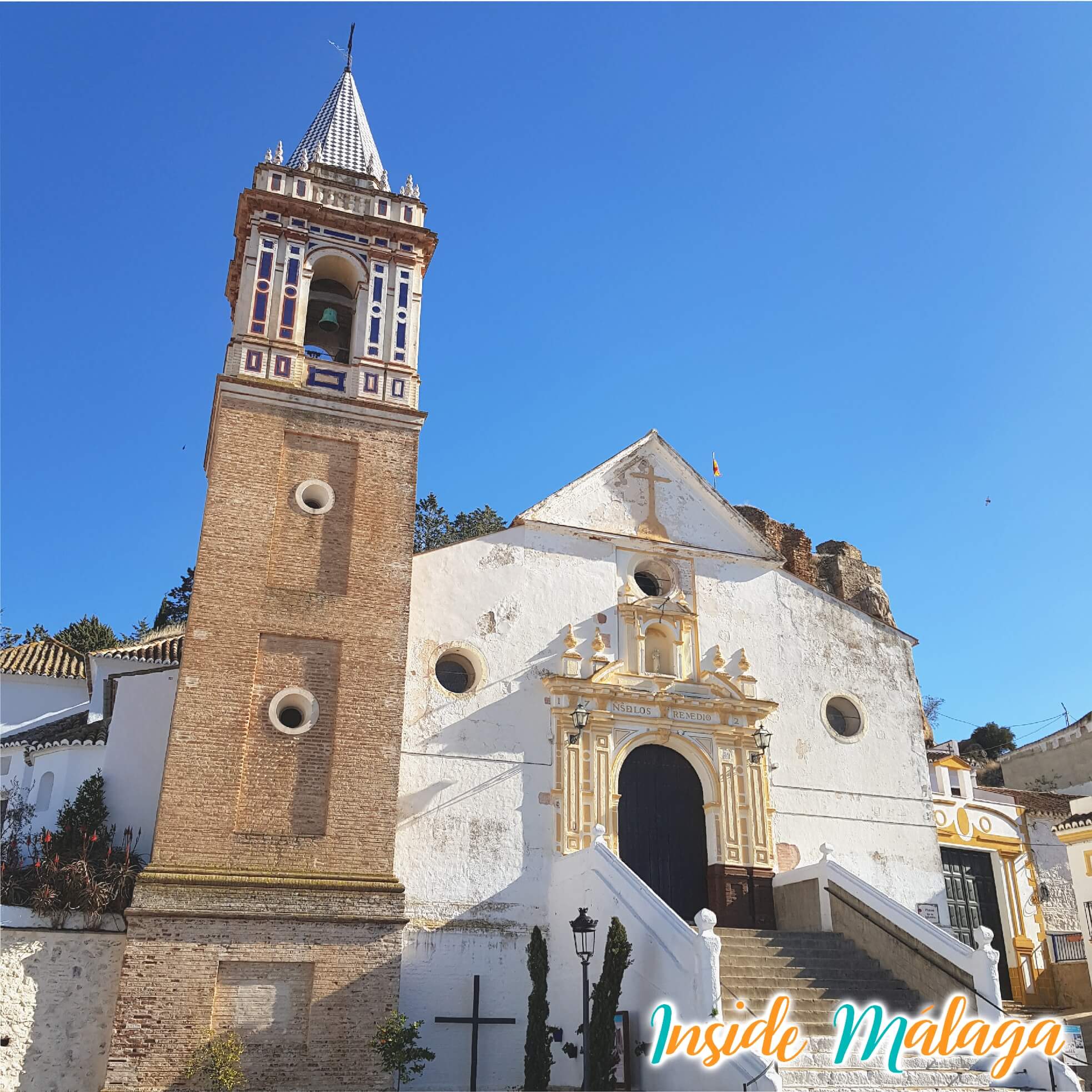
- Roman bridge de la Molina: Roman bridge crosses the River Turon located in the lowest part of the urban area of the town. Built in the 1st century BC during the time of Augustus in order to unite Acinipo (Ronda) with Malaca (Málaga). It conserves three of its five original arches, which were destroyed during the reign of Elizabeth II (1833-1868). A curiosity is that it is one of the few existing Roman bridges that still allows the passage of vehicles.
- Hermitage of Nuestra Señora de Villaverde: Located where the Mozarabic city of Bobastro used to be, where a necropolis of tombs from the Mozarabic era was discovered in the area in the 1960s. Until the twenties of the last century, Moors and Christians festivals were celebrated. At present, the pilgrimage mass of the Virgin of Villaverde, patron saint of Ardales, who according to legend appeared after the Christian conquest in the area.
- Calvario Hermitage: A small hermitage with a square floor plan that could originally have been a mausoleum from the time of Al-Andalus in the 12th century. The hermitage also has the function of a viewpoint over the town of Ardales.
- Convent of capuchinos
- Castle of Turón: It is a ruined castle located 4 km from Ardales. It was built by the Nasrids to defend the Kingdom of Granada from the attacks that were directed from the Castillo de la Estrella in Teba by the Christian army. The castle was finally conquered by Christian troops in 1433 under the command of the Castilian nobleman Diego Gómez de Ribera (1400-1434).
- The Kings chair: King Alfonso XIII, on May 21, 1921, visited the region to inaugurate the three reservoirs in the area. In this place he signed the completion of the construction, which is why it is known as the “King’s Armchair”. The monument is made up of an armchair, a table and two benches.
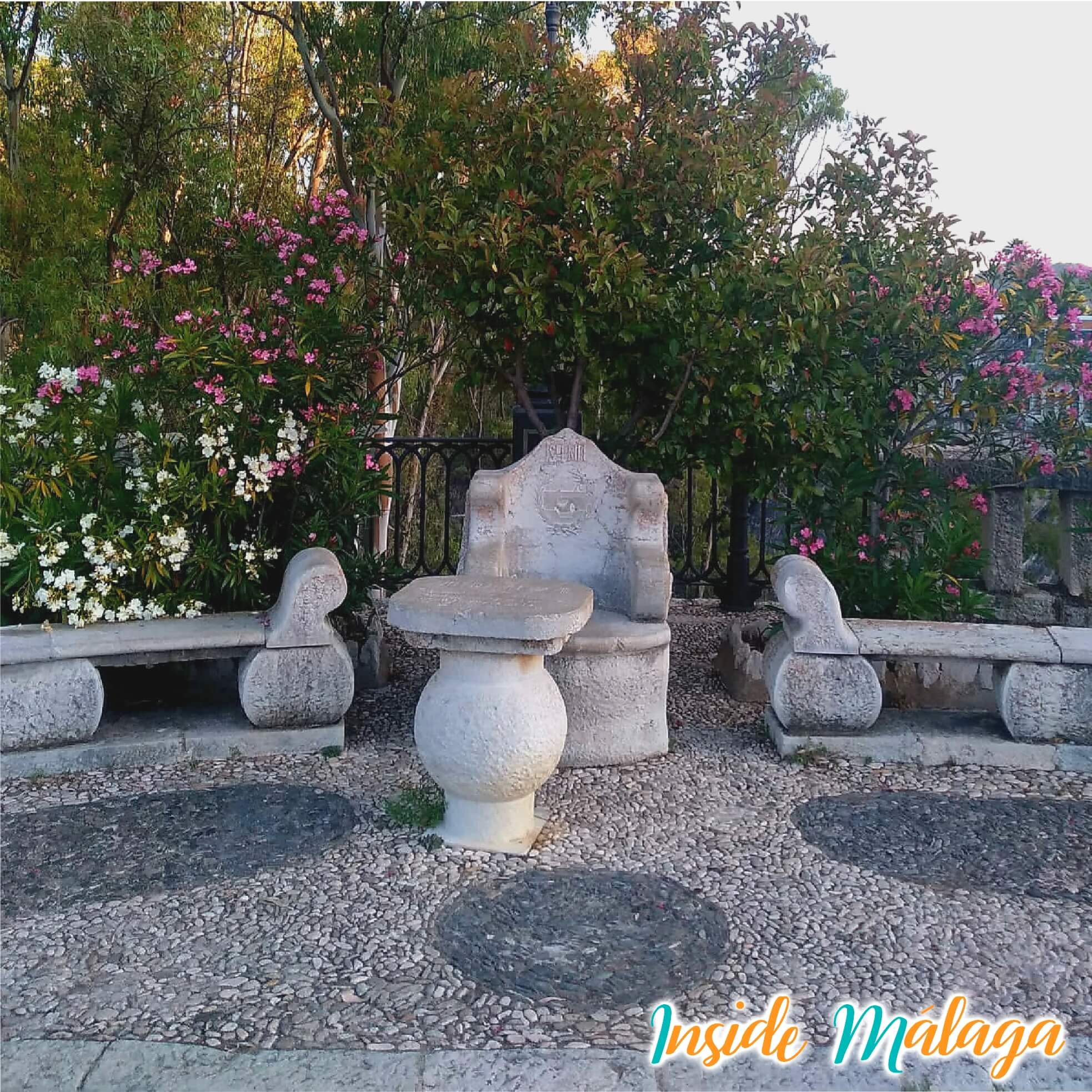
- Conde de Guadalhorce Dam: The dam was built between 1914 and 1921 in order to supply the population of Malaga with drinking water and electricity. In 1921 King Alfonso traveled to sign the completion of the work on the well-known King’s Chair. The architecture of the dam together with the nature that has formed around the area makes this place a spectacular place for any visitor.
- Bobastro Ruins: Located next to the MA-448 highway between Ardales and El Chorro. It is an old city during the 9th century. The legendary Omar Ben Hafsún established the area as the capital during his uprisings against the Emir of Córdoba for more than 50 years. The city of Bobastro was a strategic refuge where a castle and a Mozarabic cave church were found excavated in the rock.
Festivities in Ardales
- Fiesta de la Matanza: It is celebrated in the first or second weekend of February. Like many towns in the province, Ardales is very proud of its pork and sausages. During this party you can taste dozens of products derived from pork. The neighbors invite a large pot of meat in ardaleño-style sauce and a sweet wine at the entrance of the town. Dozens of stalls invade the town offering their best sausages and cheeses from the region. Next to the town hall there is a stage with music and DJs that set the scene for this great fest.
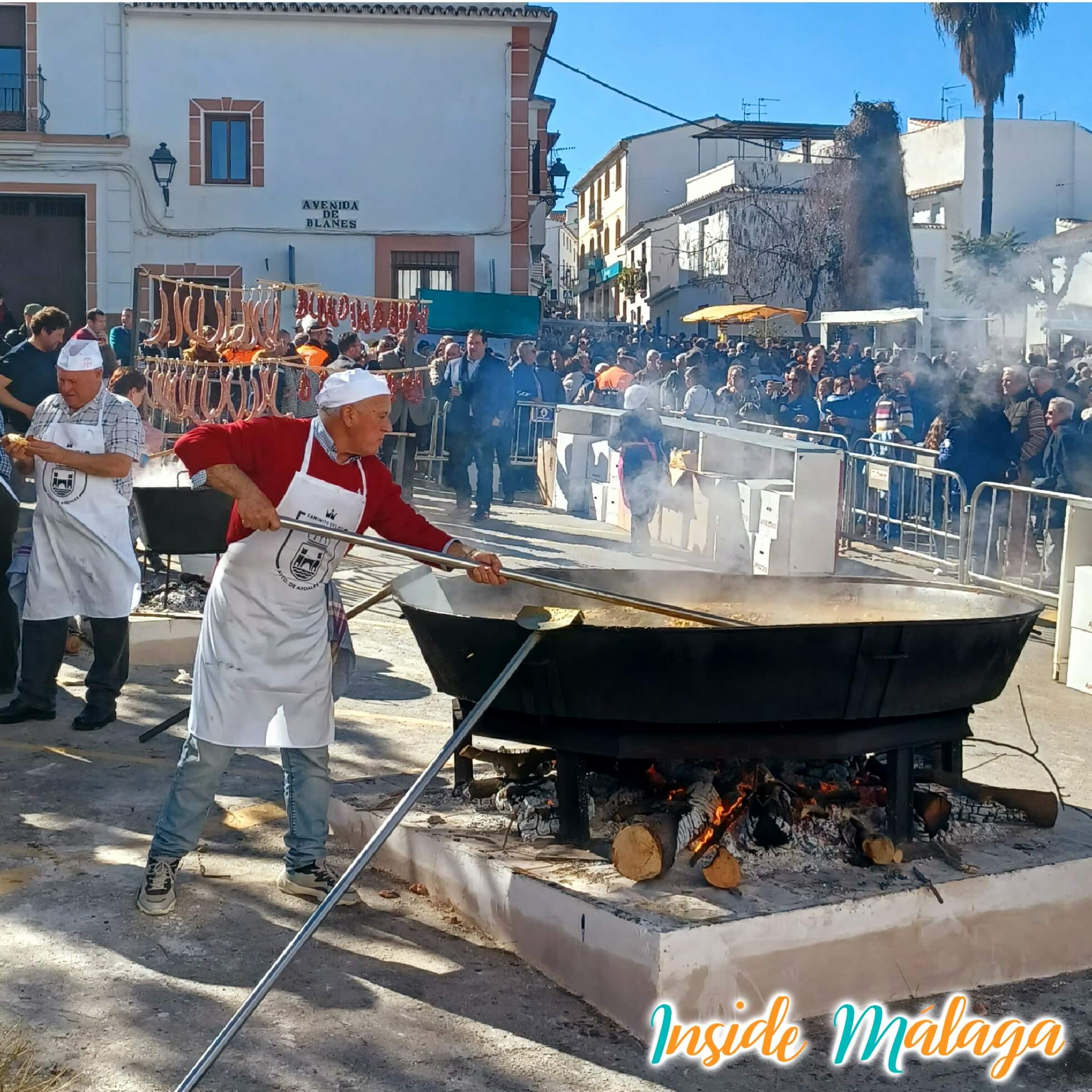
For more information about Ardales Village: visit the City Council page
